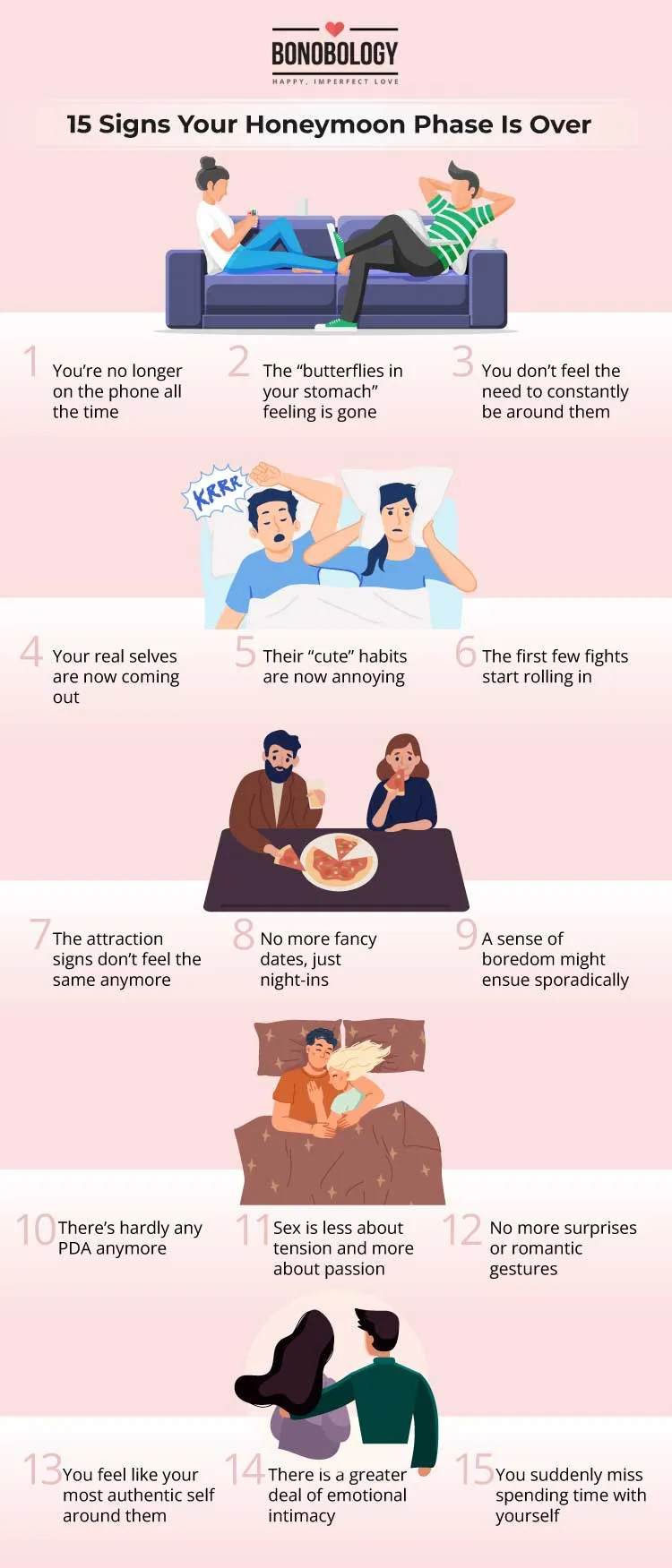What is the Honeymoon Phase of Abuse?
The honeymoon phase of abuse is a deceptive period of calm and affection that follows an incident of abuse in a relationship. It’s a manipulative tactic employed by abusers to maintain control and keep their victims trapped in the cycle of abuse. This phase often involves apologies, promises of change, and an exaggerated display of love and affection, creating a false sense of hope and security. Understanding the honeymoon phase is crucial for recognizing the patterns of abuse and empowering individuals to break free from abusive relationships. It is a critical component of the larger cycle of abuse, and recognizing its subtle signs can be lifesaving. The goal is always to regain trust and control, making the victim more likely to stay in the relationship.
The Cycle of Abuse Explained
The cycle of abuse is a recurring pattern in abusive relationships, and understanding it is vital to recognizing the honeymoon phase. It typically consists of three main stages tension building, the incident of abuse, and the honeymoon phase. Each stage plays a critical role in maintaining the abuser’s control over the victim. Recognizing these stages allows individuals to identify the patterns and behaviors indicative of an abusive relationship, which empowers them to seek help and eventually escape the cycle. This cyclical nature makes it difficult for victims to leave because they are often hopeful that the honeymoon phase is real and that the abuse will not happen again.
Tension Building Stage

In the tension-building stage, communication becomes strained, and minor conflicts escalate into arguments. The abuser becomes increasingly irritable, controlling, and critical, creating an environment of fear and anxiety. The victim often feels like they are walking on eggshells, trying to avoid triggering the abuser’s anger. This phase can last for days, weeks, or even months, gradually increasing the emotional pressure. The victim might start accommodating the abuser, withdrawing from friends and family, and accepting responsibility for the abuser’s behavior. This stage can be characterized by passive-aggressive behavior, subtle threats, and increasingly controlling actions.
Incident of Abuse
The incident of abuse is the actual occurrence of physical, emotional, verbal, or psychological abuse. This can range from a shove or a harsh word to severe physical violence. The abuser’s actions are intended to assert power and control over the victim. The severity of the incident varies, but the impact is always significant, leaving the victim feeling scared, confused, and isolated. After the incident, the abuser might act apologetic and remorseful, which leads to the next stage, the honeymoon phase. This stage is a clear boundary violation, leaving the victim hurt and confused as to how to handle the situation, often leading to self-blame and questioning of their own perceptions.
Honeymoon Phase
This is the ‘calm after the storm’ period, where the abuser showers the victim with affection, gifts, and promises of change. They apologize for their actions, express remorse, and vow to never repeat the abusive behavior. This phase aims to regain the victim’s trust and reinforce the belief that the abuser is capable of changing. The abuser may be overly attentive, charming, and loving, creating a strong emotional bond. The honeymoon phase provides a temporary respite from the abuse, making the victim more likely to stay in the relationship. The duration of this phase varies, but it always leads back to the tension-building stage, restarting the cycle.
Top 5 Secrets of the Honeymoon Phase

Love Bombing Tactics
Love bombing is an excessive display of affection, attention, and gifts, designed to overwhelm and manipulate the victim. The abuser inundates the victim with compliments, grand gestures, and promises, creating an illusion of an ideal relationship. This intense display of affection is often used to accelerate the relationship and quickly establish a sense of intimacy. The goal is to create a dependency and make the victim feel like they have found their soulmate. Love bombing sets the stage for the abuser to isolate the victim and control their actions, making it harder for them to recognize the abuse.
Promises and Apologies
During the honeymoon phase, abusers offer sincere-sounding apologies and make promises to change their behavior. They may express regret for their actions and vow to attend therapy, seek help, or never hurt the victim again. These promises are often empty and are used to regain trust and discourage the victim from leaving the relationship. The abuser often blames external factors or the victim’s actions for the abuse, minimizing their responsibility. Despite these promises, the abusive behavior inevitably returns, reinforcing the cyclical nature of the relationship.
Manipulation and Guilt

Abusers use manipulation and guilt to maintain control and prevent the victim from leaving. They might express sadness, remorse, or desperation, portraying themselves as the victim. They may also make the victim feel responsible for their happiness and well-being. The abuser may also use guilt trips, saying things like they would not be able to live without the victim or threatening suicide. By manipulating their victim’s emotions, the abuser creates a sense of obligation and responsibility, making it difficult for the victim to leave the relationship. This tactic is effective because it preys on empathy and a desire to help, creating a sense of obligation.
Isolation Techniques
During the honeymoon phase, an abuser might subtly attempt to isolate the victim from friends and family. They may criticize the victim’s relationships with others, express jealousy, or discourage them from spending time with loved ones. This isolation weakens the victim’s support network, making it easier for the abuser to control them. The abuser may also use the honeymoon phase to subtly manipulate the victim, making them reliant on the abuser for emotional and social support. As the victim becomes more isolated, the abuser’s control increases, making it more difficult for the victim to recognize the abuse and leave the relationship.
Minimizing the Abuse
Abusers often minimize the abuse they committed to avoid taking responsibility for their actions. They may downplay the severity of the incident, claim it was a one-time occurrence, or try to convince the victim they are overreacting. The abuser might shift blame, suggesting the victim provoked the incident. This minimization can erode the victim’s sense of reality, making them doubt their perceptions and the severity of the abuse. By minimizing the abuse, the abuser maintains control and prevents the victim from seeking help or leaving the relationship. This helps to keep the cycle of abuse going.
Why the Honeymoon Phase is Dangerous

Difficulty Leaving the Relationship
The honeymoon phase makes it incredibly difficult for victims to leave the abusive relationship. The abuser’s display of affection and promises creates a false sense of hope that the relationship will change, and the abuse will stop. Victims may believe their abuser has truly changed, and they are willing to overlook the past and give the relationship another chance. This belief is a powerful tool used by abusers to maintain control, making the victim hesitant to seek help or leave. The victim becomes trapped in a cycle of abuse, hoping for the honeymoon phase to last permanently. The constant emotional rollercoaster is emotionally draining and creates trauma.
False Hope and Recurrence
The honeymoon phase fosters false hope that the abusive behavior will not happen again. The victim may believe the abuser’s apologies and promises, which will never stop the cycle. This false hope makes it more difficult for the victim to recognize the patterns of abuse and take steps to protect themselves. The cycle inevitably repeats, leading to more abuse and reinforcing the victim’s feelings of helplessness. This cyclical nature can cause severe emotional and psychological damage, including depression, anxiety, and post-traumatic stress disorder. The abuser is fully aware that the promises of change are just to keep the victim in the relationship.
How to Recognize the Honeymoon Phase

Pay Attention to Behavior Changes
One of the most crucial steps in recognizing the honeymoon phase is paying close attention to the abuser’s behavior changes. Notice any sudden shifts from anger and hostility to extreme displays of love, affection, and remorse. Be wary of excessive apologies and promises of change. If the abuser’s actions seem out of character, and if they are trying to make amends through grand gestures, this could be a tactic to win you back. Carefully observe the patterns and cyclical behavior. Abusers try to hide the abuse, so this is the best opportunity to observe any warning signs. Take detailed notes, as your memory may fail you later.
Trust Your Intuition
Your intuition is a powerful tool for recognizing the honeymoon phase. If something feels off or doesn’t sit right, trust your gut feeling. Abusers are masters of manipulation, and you may doubt your perceptions. Do not dismiss your instincts or feelings. If you find yourself feeling uneasy, anxious, or conflicted, this could be a sign that you are in an abusive relationship. Trusting your intuition allows you to recognize the red flags and seek support. Pay attention to any gut feeling you are having. It is always better to be safe than sorry. If you feel unsafe, make immediate plans to leave the relationship.
Seek External Support

Seeking external support is essential for escaping the cycle of abuse. Reach out to friends, family, or a therapist who can provide an unbiased perspective. Professionals, like counselors and support groups, can offer guidance, emotional support, and resources to help you leave the relationship. They can also help you develop a safety plan and understand the dynamics of abuse. Do not keep the abuse to yourself. Talking about what you are experiencing can help you gain clarity. Reaching out to outside help is one of the most important things you can do. These resources can provide valuable tools to break free from the cycle and regain control of your life.
